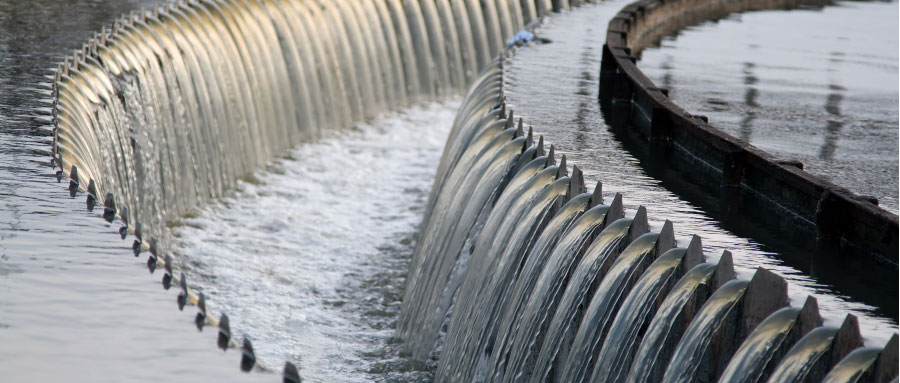There are two main sewage treatment technologies for underground sewage treatment plants: MBR and MBBR. They have significant differences in definition, process principle, treatment efficiency, and operating cost.
MBR (Membrane Bioreactor):
It is a new water treatment technology that combines membrane separation technology with biological treatment technology.
Use membrane components to replace the secondary sedimentation tank at the end of traditional biological treatment technology to maintain a higher concentration of activated sludge in the bioreactor.
MBBR (Moving Bed Bioreactor):
It is a new biofilm treatment technology that combines the advantages of traditional fluidized bed and biological contact oxidation.
By adding a certain amount of suspended carriers (fillers) to the reactor, an environment for microorganisms to attach and grow is provided.
MBR:
The main principle is activated sludge method + membrane separation.
Use membrane separation equipment to intercept activated sludge and macromolecular organic matter in the biochemical reaction tank, eliminating the secondary sedimentation tank.
MBBR:
The main principle is biofilm method.
The suspended carrier moves freely with the water flow and aeration, and the biofilm is constantly renewed, maintaining high biological activity and treatment efficiency.
MBR:
It has a high removal rate for organic matter (such as COD, BOD), ammonia nitrogen, etc.
The removal of total nitrogen (TN) depends on the front-end biological method, and the MBR membrane itself has no effect on the removal of TN.
It has a good removal effect on suspended solids (SS).
MBBR:
It also has a high removal rate for organic matter, ammonia nitrogen, etc.
It has a good removal effect on total nitrogen.
There is no removal effect on suspended solids, and it is necessary to rely on the back-end ultrafiltration membrane process to remove SS.

MBR:
The service life of the membrane component is generally 4 to 5 years, and the replacement cycle is short.
Daily operation management requires chemical cleaning, offline cleaning and other maintenance work on the membrane unit, which has high requirements and high costs for operation management.
MBBR:
The filler can be added once, and in subsequent operation, it is only necessary to strengthen the management of the biofilm on the filler.
The investment in the construction period is large, but the later operation and maintenance are relatively simple.
MBR: widely used in municipal sewage treatment, industrial wastewater treatment (such as chemical, pharmaceutical, food processing and other industries), electroplating wastewater treatment, semiconductor and electronics industry wastewater treatment, oil and gas industry wastewater treatment, agricultural and food processing wastewater treatment, hospital and medical wastewater treatment and other fields. Due to its high efficiency, stability and multifunctionality, MBR technology can provide stable effluent water quality, strong adaptability, flexible operation, and can achieve water resource recycling and reuse, which is in line with the concept of sustainable development.
MBBR: Suitable for projects that do not have particularly high requirements for effluent water quality and the owner is unwilling to use membrane treatment technology. MBBR technology occupies a relatively large area, but there is no need to clean and replace membrane components, and the operation and maintenance cost is low.
| Feature | MBR | MBBR |
| Separation | Membrane filtration | Biofilm on moving carriers |
| Effluent Quality | Generally higher | High, but may be slightly lower than MBR |
| Footprint | Smaller | Larger |
| Energy Consumption | Higher | Lower |
| Initial Cost | Higher | Lower |
| Operational Cost | Higher | Lower |
| Maintenance | More complex | Simpler |